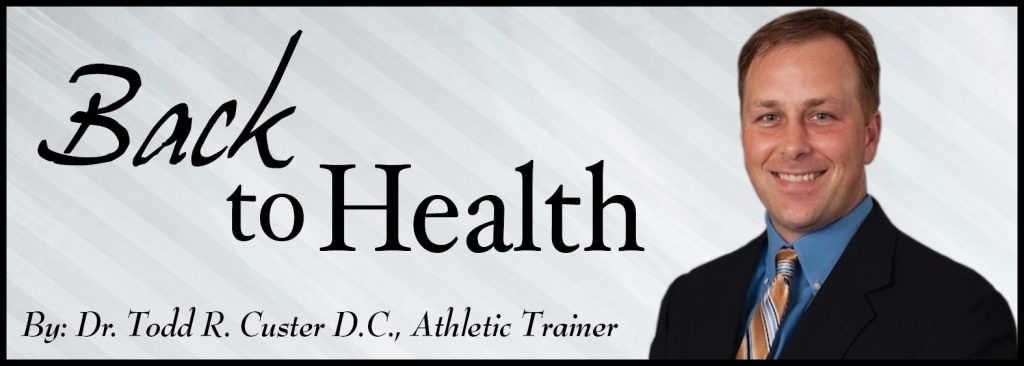What is it?
BPPV stands for Benign Paroxysmal Positional Vertigo. This condition causes extreme dizziness and nausea associated with changing head positions. It is more prevalent in the over 50 population and has an insidious onset. If you have ever gotten seasick, imagine trying to function through the symptoms-Ugh!
What causes it?
The inner ear is responsible for not only hearing, but also giving us the sensation of rotation and translation motions. The cochlea apparatus within the inner ear is responsible for our ability to hear sounds. The semicircular canals provide rotational (looking up/down, leaning side/side, twisting L/R) sensation, while the utricle allows us to feel the sensation of acceleration (translation). Basically, the utricle has small crystals (otoliths) that sit on a bed of nerve roots and when our body translates, the crystals shift along the nerve bed giving us the sensation of motion.
BPPV is caused when the otolith crystals become dislodged from the utricle and get trapped within the semicircular canals. (See the diagram)
How can it be diagnosed?
First, the patient must be evaluated to rule out the possibility that a stroke has occurred. Secondly, lower risk diagnoses should be considered like high blood pressure, fluid in the ears, etc. If tests are negative for the forementioned, Dix-Hallpike test can be performed. Dix-Hallpike test is a positional test to identify BPPV. Simply sit the patient upright, and turn their head to the left, then lay them back quickly. Repeat the procedure with the head turned to the right. The test is positive, if the patient becomes symptomatic with the head turned one direction more than the other.
How can I treat it?
The condition can be improved rapidly by performing the Epley maneuver and avoiding lying horizontal for 2-3 days. The Epley maneuver is a 3-step process as listed below.
*Note-be sure to have a bucket nearby, in case symptoms invoke vomiting.
1. Turn the head toward the affected side (as determined on the Dix-Hallpike test), and quickly lay them flat to their back. Stay in this position for approximately 1 minute.
2. Turn the head the opposite direction. Hold for 1 minute.
3. Roll the body 90 degrees, in the direction the patient is facing, the patient’s face will be facing the table. Hold for 1 minute.
Repeat this procedure a few times, then avoid lying down for the next 2-3 days.
Dr. Custer is the owner/operator of Better Care Chiropractic & Physical Therapy. Dr. Custer graduated from Texas Chiropractic College in 2005 with highest honors, Summa Cum Laude. He combines his expertise in sports injury rehabilitation (as an athletic trainer) with his chiropractic education to promote a fast and efficient recovery process.
If you have questions/comments/suggestions, please feel free to contact Dr. Custer at WhyBetterCare@gmail.com
